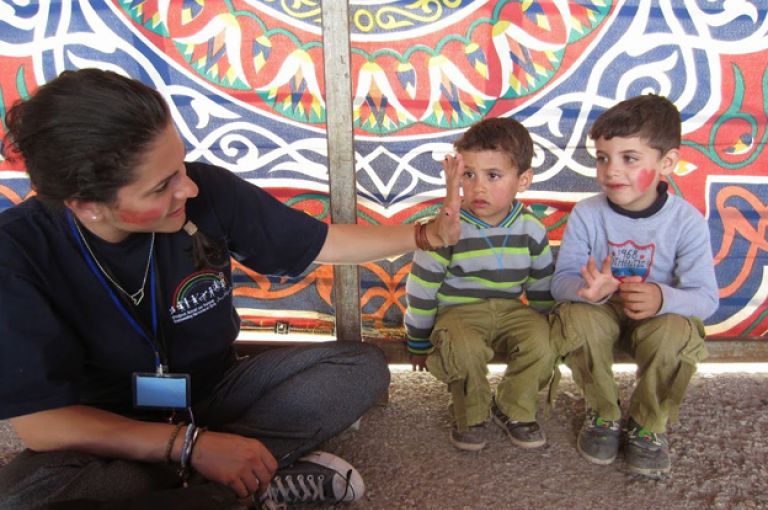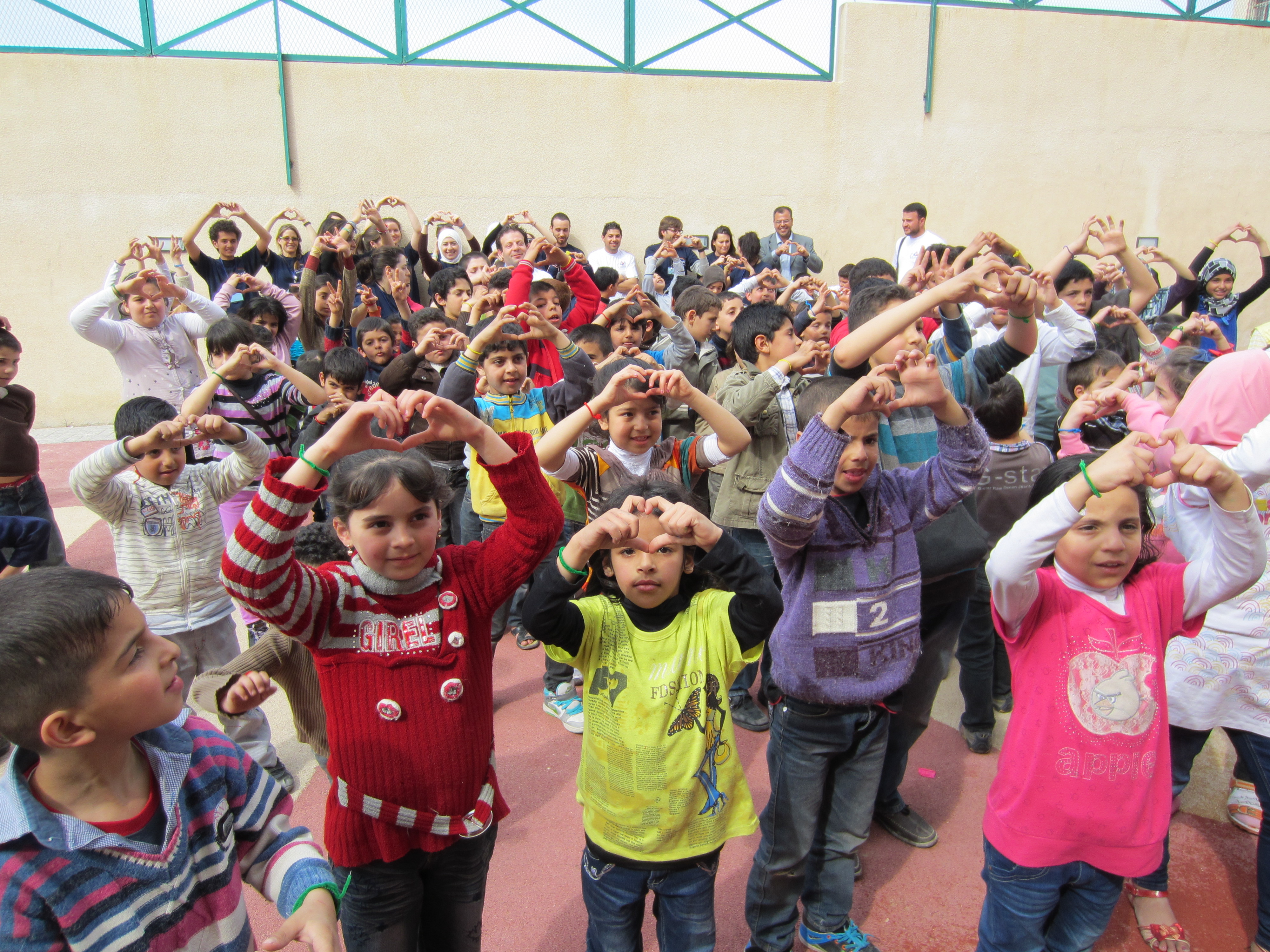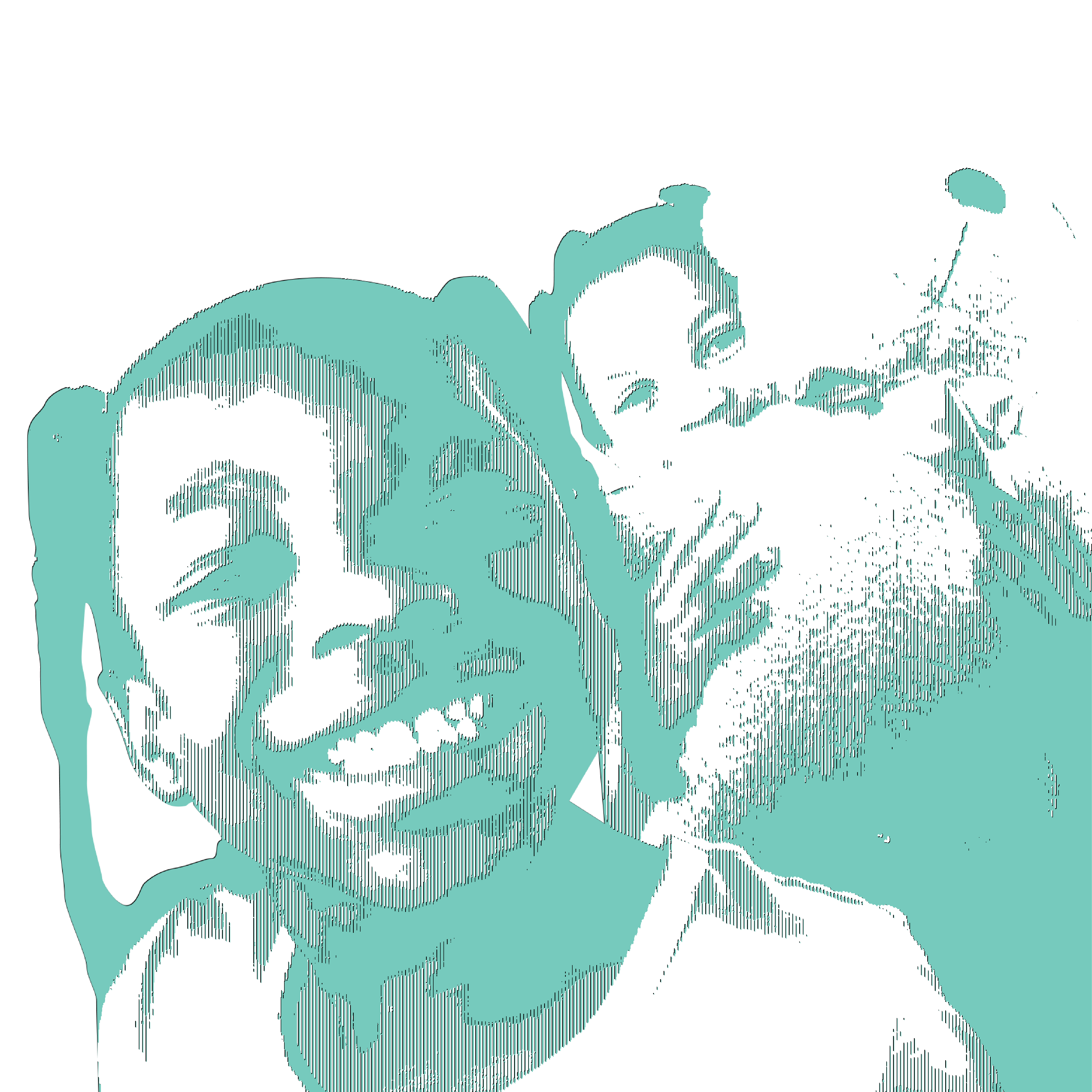
"Invisible Wounds," a recent report by Save the Children, said that Syrian children are at high risk of developing mental health disorders and experiencing symptoms of PTSD, except that in their case, there is no 'post' period, because the war in Syria is still ongoing. The report explores the lives of Syrian children living in Aleppo, Damascus, Dara'a, al-Hasakah, Homs, Idlib, and Rif Damascus, and specifically focused on their mental and emotional health.
The study that was released this February conducted focus groups among children and found that the greatest cause of fear among children fleeing the Syrian civil war was bombing and shelling. The research suggested that just the sounds of people screaming and shouting, or planes circling overhead, even without bombing, triggered extreme levels of fear in children. During one focus group of 5-7 year olds, the slamming of a door due to a gust of wind caused children to scream in fear. The research is the result of a survey and focus groups conducted with 458 children, and interviews with 20 social workers, children, aid workers, teachers, parents, and psychologists.
In addition to attacks and bombing, 12-14-year-olds said that what makes them saddest or angriest is the fact that they can no longer attend school. Before the war, almost 100 percent of Syrian children were enrolled in school and literacy rates were at 95 percent.
In the study, adults also highlighted the loss of innocence in children, with the rise of young boys being recruited by militant groups, girls as young as 12 marrying, and children of both sexes going out to find work to support their families. More than half of the adults said that they knew of children in their area carrying or using guns, and almost half knew of children working in checkpoints or barracks.
Children have also been turning to drugs, alcohol, or self-harm to escape their stressful surroundings. According to the research, almost half of the adults said children are increasingly taking whatever drugs are available, and 27 percent said that there has been a rise in children self-harming or attempting suicide. Researchers also learned that in the town of Madaya, at least six children and seven young adults attempted suicide in just two months.
However, despite the grave mental health conditions of children in Syria, the research concluded that there is still hope, because a majority of children in the study were still showing a range of emotions, were able to talk to friends and family, and were not completely withdrawn and desensitized to violence.
Save the Children has sponsored programs like Healing and Education Through the Arts (HEART), which uses arts-based group activities, such as drawing, drama and music, to help children process and communicate their feelings, while helping them feel less isolated, more connected to their peers, and safer among the adults in their lives. Save the Children's programs also focus on group activities and facilitate safer environments for children to study and play in, raising their hope and self-confidence.
These findings are similar to the reporting of Pulitzer Center grantee Lauren Feldinger. As part of her project, "Child Survivors of War Learn Nonviolence, Pluralism, Hope," she reported on Syrian nonviolent activists and international volunteers who lead traveling "hope and peace" camps for Syrian children living in Jordan, Turkey, Lebanon, and Iraq. They use arts and crafts and teach urban planning tools to redesign destroyed neighborhoods. Other activities include photography, music, and sports and team-building exercises. During her reporting, Feldinger found that the tendency towards violence and hopelessness among children can be quickly assuaged if those affected learn optimism, self-expression, and ways to calm their anxieties.
Read the full report by Save the Children.







